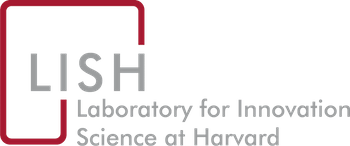Creativity & Problem-Solving
. 2011. InnoCentive.com (B). Harvard Business School Case Supplement. Harvard Business School. Publisher's VersionAbstract
. 2015. Nivea (A) and (B). Harvard Business School Teaching Notes. Harvard Business School. Publisher's VersionAbstract
. 2014. Netflix: Designing the Netflix Prize (B). Harvard Business School Case Supplement. Harvard Business School. Publisher's VersionAbstract
. 2014. Havas: Change Faster. Harvard Business School Multimedia/Video Case. Harvard Business School. Publisher's VersionAbstract
. 2012. Innovation at Charlotte-Mecklenburg Schools. Harvard Business School Case. Harvard Business School. Publisher's VersionAbstract
. 2015. OpenIDEO. Harvard Business School Teaching Notes. Harvard Business School. Publisher's VersionAbstract
. 2015. Innovating with the Crowd. Harvard Business School Case. Harvard Business School. Publisher's VersionAbstract
. 2014. Havas: Change Faster. Harvard Business School Teaching Plan. Harvard Business School. Publisher's VersionAbstract
